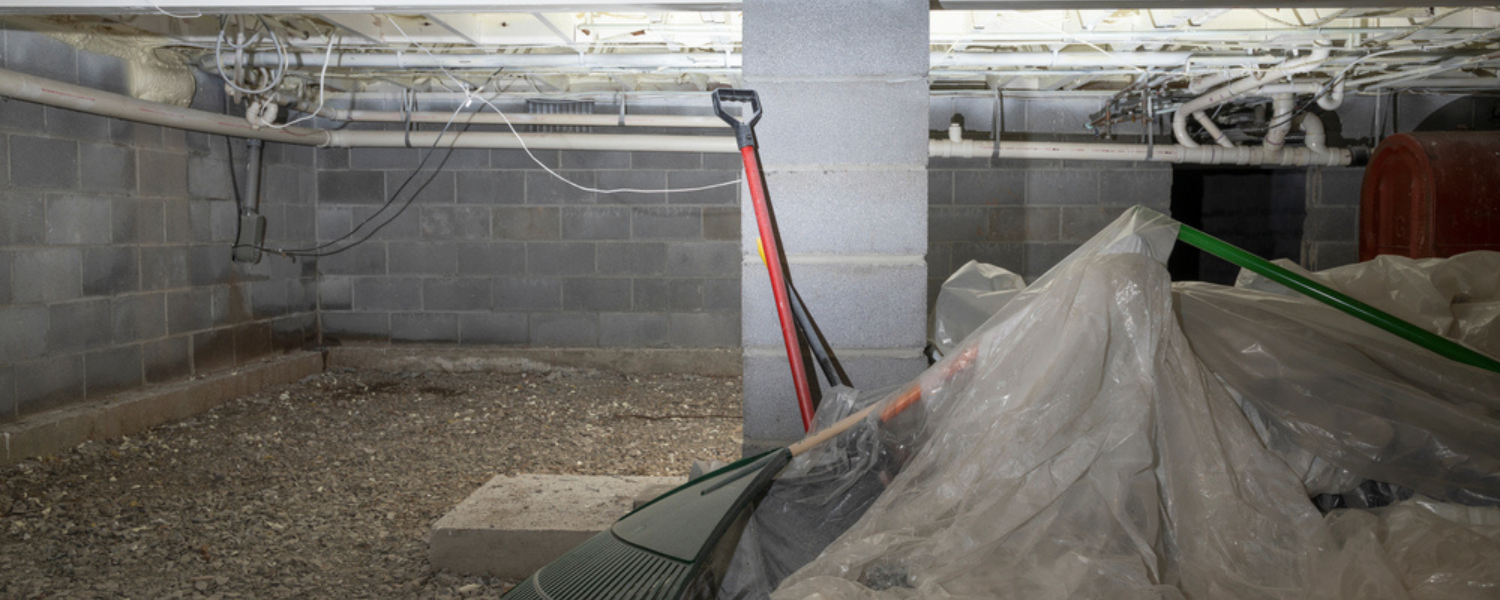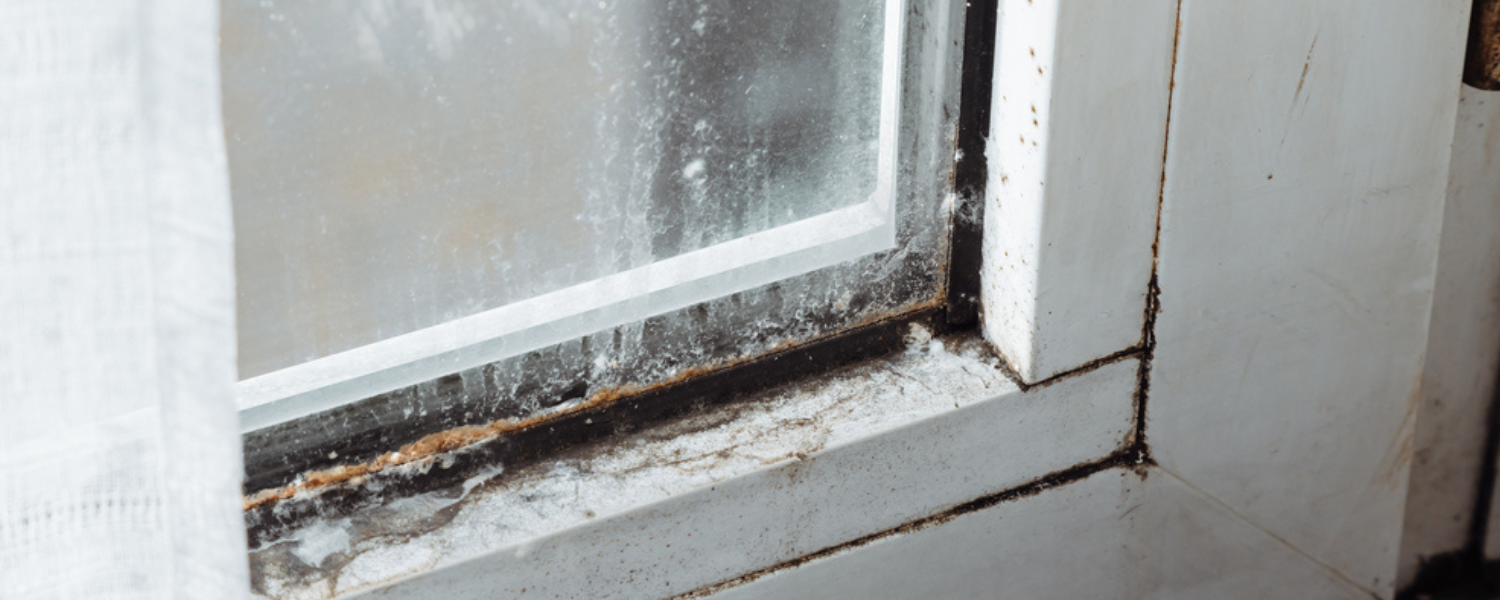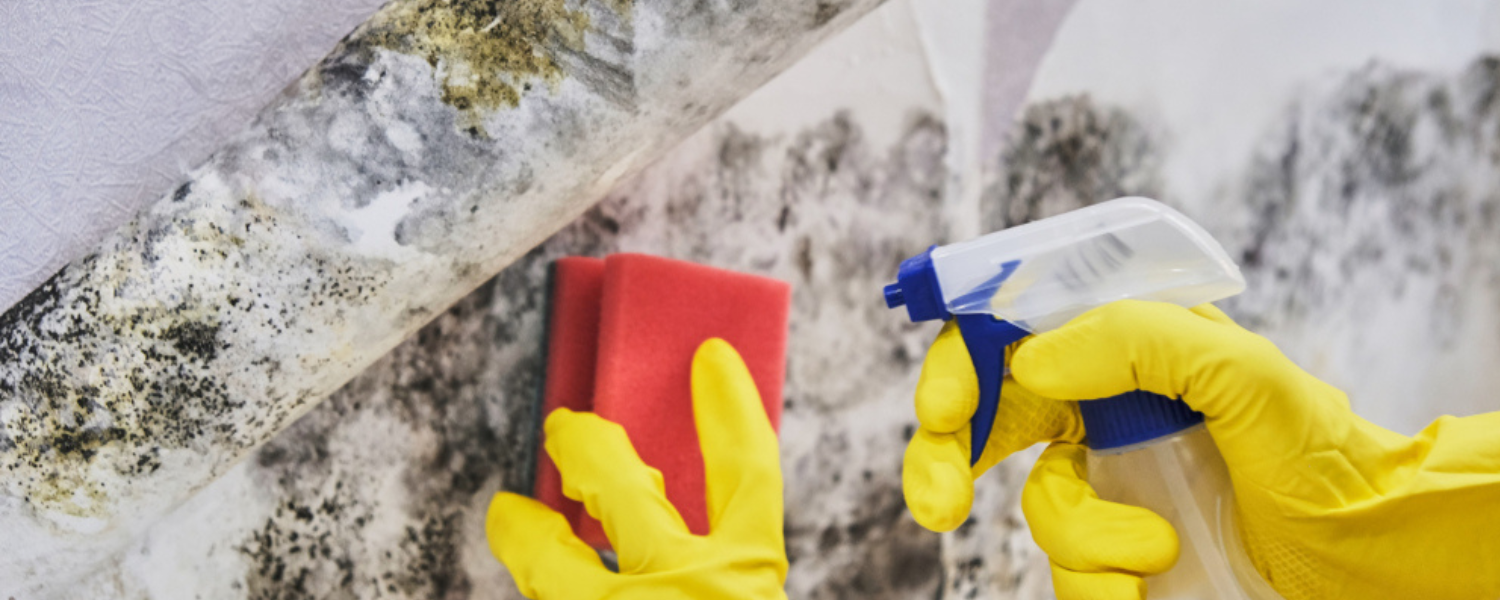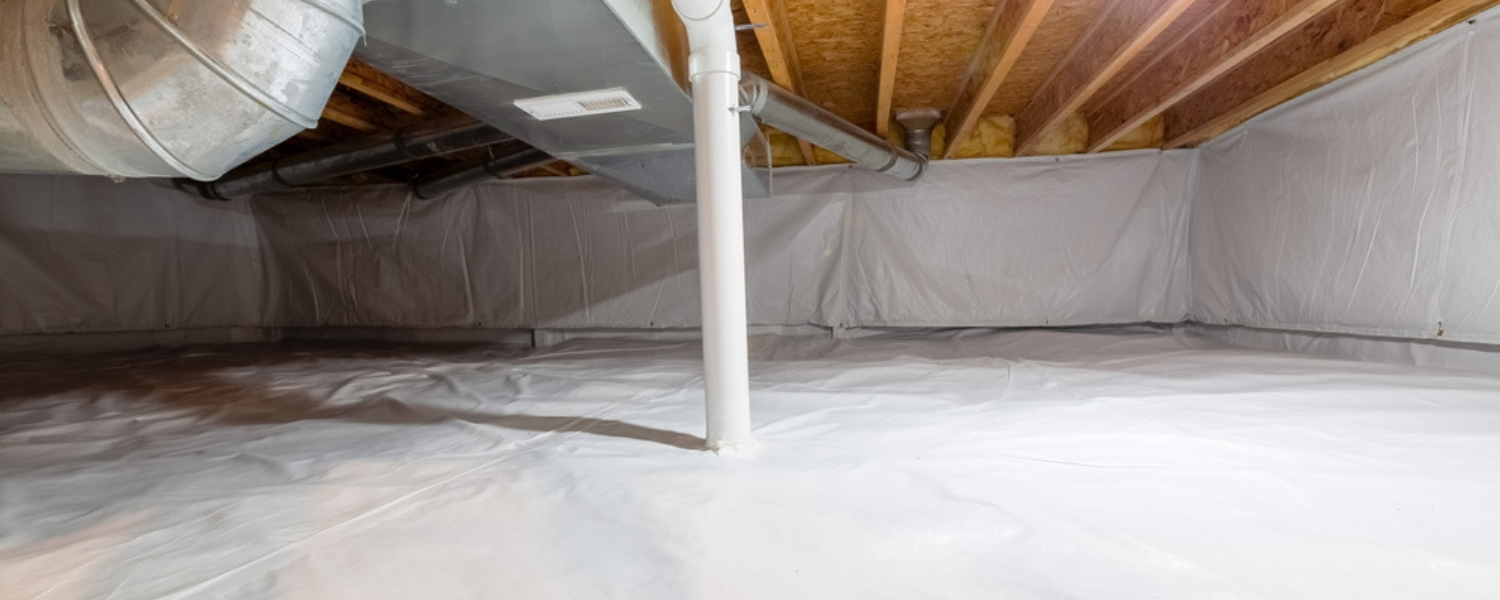How To Remove Mold From Your Crawl Space - Complete Guide
Mold is most likely to grow in the home in the areas that are dark and damp, such as the basement or a crawl space. Many households do not spend a significant amount of time in their basements, and those crawlspaces are only occasionally, if ever, explored. Because of this, mold problems in these areas are frequently not discovered until the problem has already grown to be a sizeable one.
The tips and strategies that are detailed in this article will not only assist you in resolving any mold issues that may already exist in your basement or crawlspace, but they will also assist you in preventing mold issues from ever occurring in these areas in the first place. Read on to learn the best ways to remove mold from your crawl space or basement!

Signs Of Mold In Your Crawl Space
Once it begins to grow, mold has the ability to spread very quickly; therefore, it is important that you know what it looks like, where it is coming from, and what the most effective remediation approach is. Because there are over 100 different species of mold that are capable of growing in the United States, there are a wide variety of potential warning signs that an infestation is present.
When determining whether or not your crawl space has a mold problem, some of the most common signs to look for include the following:
Musty Smell
In most cases, a musty and damp odor will emerge as the mold spore colony expands into a larger one. It is highly likely that you will smell this odor before you are actually able to see the growth. It is possible to detect the odor that is emanating from the crawl space either inside the house or close to the vents or entryway leading to the area beneath the house. There is very little that can be done to mask the musty odor of mold, even if air fresheners are used.
Structural Damage
Mold obtains its sustenance from the organic materials that are present in your home; as the mold colony expands and feeds, the organic materials begin to deteriorate, including the wood, paper, fabrics, and glue. Mold can, over time, cause enough damage to the supports and materials of the crawl space to pose a risk to the structural integrity of your home as well as its inhabitants' safety.
Health Issues
The health of those living inside the house can still be negatively impacted by mold that is located beneath the house. Mold spores are not confined to a particular location because they have the ability to disperse through the air. Inhaling these spores and living in an environment where there is a high concentration of mold both have the potential to put your health in jeopardy and make you feel miserable.
Individuals are frequently left with persistent allergy symptoms after being exposed to these funguses, particularly those with more severe allergies. Individuals who have been exposed to the substance may experience symptoms that are similar to those of an upper respiratory infection, including excessive sneezing, a runny or stuffy nose, cough, postnasal drip, sinus irritation, and skin rashes.
The potential symptoms are affected by the degree to which the exposure occurred. If you notice an improvement in your health while you are away from home but notice an immediate decline in your health after returning, you may have a mold problem.

Causes Of Mold In Basements & Crawl Spaces
Mold is a common problem in crawl spaces and basements because of the presence of dampness. Mold can grow as a result of a number of different problems, such as water damage, flooding, or leaks in the plumbing. There are a number of other potential causes, including a lack of adequate ventilation, poor drainage, and foundation cracks in the crawl space. The first thing that needs to be done in any mold cleanup project is to locate the origin of the contamination. If you don't know why the mold is appearing, you won't be able to fix the real problem, and the mold will continue to spread throughout the building.
Basement Cracks & Flooding
During prolonged periods of heavy rainfall, there is a danger of flooding in crawl spaces. In the event that your crawl space becomes flooded, mold may begin to grow as soon as the water evaporates. If the floor or walls of your basement have cracks, you should investigate whether or not these cracks are connected to any moisture penetration that may be making your mould problem worse.
There are many potential causes of the issue; some examples include broken sump pumps, improperly sealed windows, and improper grading around the foundation of your home. Plastic sheeting is used as a barrier on the floor of some crawl space designs. This traps water up against the foundation walls of the building.
The difficulty lies in the fact that the plastic deteriorates over time. The more it deteriorates, the more holes it gets, and water can get through those holes and into the soil. The crawl space, like any other basement, has a problem with water accumulation over time.
Humidity & Condensation
The presence of moisture in a crawl space provides the ideal conditions for mold spores to attach themselves to surfaces and grow. It is imperative that you maintain a humidity level in your crawl space that is lower than 50%, as anything higher than that could result in condensation, which would then lead to an even higher humidity level. Depending on how humid it is, you should either use fans or dehumidifiers to try to lower the humidity.
How To Remove Mold In Your Crawl Space Or Basement
Assess The Project
Determine the level of mold contamination in your crawl space while protecting yourself with the appropriate gear. Establish a lighting system and cover the ground with plastic sheets to collect mold as it is removed from surfaces. Get in touch with a mold remediation company as soon as possible if the task appears to be too large.
Clean With A Foaming Spray
Spray the affected areas with a cleaning solution that contains foam and is specifically formulated for the removal of mold. After giving it time to swell and break up the mold, start cleaning the surfaces with extreme caution.

Cover With Mold Killer
Use a homemade mold-killing mixture or a cleaner designed for the removal of mold to thoroughly soak any remaining mold. Products available for purchase are typically more efficient, and many also successfully eliminate mold stains.
Clean Off Mold
After the affected areas have had a chance to dry, use a brush with stiff bristles to remove any mold that may still be present. This is a potentially time-consuming process, but it is necessary if you want to get rid of any mold residue that remains.
Dispose Of Garbage
Fold your plastic sheeting up neatly and place it inside a strong trash bag after you've done so. Coveralls, brushes, and any other contaminated equipment should be disposed of in the same manner. Until the trash is collected, keep the bagged items stored outside.
Control Crawl Space Temperature & Climate
The climate of a crawl space can be improved in a number of ways, but a dehumidifier is typically the solution that is both the most effective and the most affordable option. Consider putting in a model that was made specifically to function in confined spaces. Inspecting the crawl space should be a part of the home maintenance you perform in the spring and fall.
Assessing Structural Damage From Mold
The risks that mold poses to your home extend well beyond the realm of health concerns. In the event that mold remediation is avoided, there is a possibility that the floor joists, floorboards, and other structural components of your home will suffer severe damage. Wood that is able to hold onto moisture for longer periods of time is more susceptible to damage, which is compounded when mold begins to grow on it. As the fungus eats its way through the boards and beams, the materials have the potential to crack and come apart. It's possible that you won't discover the danger posed by your flooring until it's too late.
Looking for no contract SEO services? Click the link and check out our partners!
After the mold has been completely removed, you will need to examine the affected area to determine the extent of the damage. Examine the joists or the boards to see if there are any areas of deterioration or places where there are soft spots. You should get a professional contractor to evaluate any structural concerns you may have because it's possible that you'll need to replace certain parts of the board, beams, or flooring for safety reasons.
Preventing Mold Growth In Crawl Spaces
The following are some helpful hints that can be used to prevent mold problems in your crawlspace. Check the walls of the foundation to ensure that there are no openings through which water could get in. During the wet season, it is especially important to check that gutters and downspouts direct water at least 6 feet away from the foundation of the house. If you don't do this, water can pool up near the foundation of the house and eventually make its way into the crawlspace.
Make sure there is sufficient air flow. It is recommended that there be at least one square foot of ventilation for every one hundred and fifty square feet of crawl space area. Insulate firmly up against the subfloor in crawl spaces that have ventilation. Mechanical fasteners should be used to ensure that the insulation is in a snug fit.

Do not simply cram the insulation into the subfloor in the spaces between the joists and hope that it remains in place. Without the fasteners, it will most likely become detached at some point. Check to see that the existing insulation is not missing any pieces or sagging, as these are both signs that may indicate there is a problem with water.
Make sure that there is a vapor barrier made of plastic sheeting that covers the entirety of the crawl space and extends up the foundation walls by a few inches. There ought to be a considerable amount of overlap between the layers of sheeting, and the sheeting itself ought not to have any areas of standing water.
The proper installation of plastic sheeting in your crawlspace will allow it to perform the essential function of a vapor barrier. Examine the areas around the plumbing components and HVAC ducts for signs of leaks. It is strongly recommended that dryer vents terminate outside of the house rather than into the crawlspace.
Conclusion
When moisture gets into a crawl space and stays there for an extended period of time, it can foster the growth of mold. Mold is not only unpleasant to the eye, but it can also be hazardous to the health of anyone living in the house. When trying to get rid of mold, the first step that needs to be taken is to locate the source of the moisture.
After the origin of the problem has been located and fixed, the next step is to eradicate any mold that may already be present. You just need a stiff brush and some detergent solution to get this job done. After the mold has been eliminated, it is essential to take measures to stop it from coming back. Among these options is the installation of a vapor barrier as well as an increase in ventilation. You will be able to keep the crawl space in your home clean and mold-free if you follow these steps.

